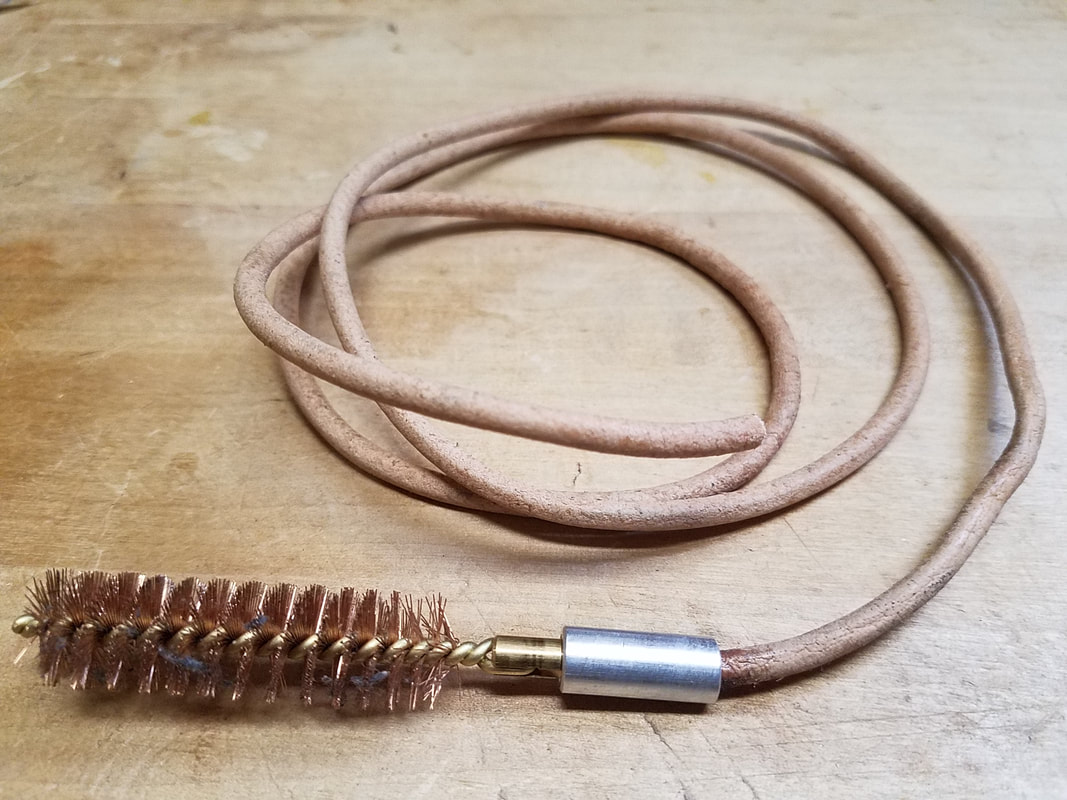In the words of the great Ron Swanson, "Buying things is for suckers." Well, in this case, I couldn't find the 10-32 threaded ferrules to buy if I wanted to. So, breaking with our tradition of "every man" projects, I figured I'd show how I went about recreating these oddly difficult to find items.
I started with ordering a couple of 1/4" brass rods from Amazon. I cut them to easy to work lengths on my bandsaw and headed over to my buddy's shop to use his machinist's lathe. I locked in the brass rod into the three jaw chuck and put a center bit in the tail stock chuck. Center bits are really important when boring. Their stout design doesn't allow them to wander like a regular twist bit. You can also buy these affordably on Amazon.
With the lathe running at a moderate speed, I began "pecking" at the end of the brass rod with the center bit until it started to really dig in. With the starter hole and counter sink cut in, I began working my way in drill bit sizes until my final 5/32" bore. According to my handy dandy machinist's app, 5/32" is the proper bit size to tap 10-32 threads.
I bored several blanks before returning to my shop to finish the ferrules. I cut them to exact length then chucked them into my drill press to square and smooth each end. Finally, I grabbed my tap and some tapping fluid and cut in the threads. I locked the ferrule just snug enough into the vice to resist the tap. Be very careful because the brass is soft and too much vice pressure will turn it into an oval in no time. When you're done with that, all you have to do is thread in the 4mm leather thong, take it out, apply some two part epoxy and reinstall to let dry. The end result is a surprisingly rare, but authentic brass ferrule Civil War pull through cleaner. Just screw in the brush of your desired size.
Now, if you don't have access to a machinist's lathe, don't worry. If you have some patience and a little extra time, you can do this same thing reasonably well with a drill press. You see in one of my photos that I put the drill bit squarely in the vice and not in the press. I put the brass blank in the drill press chuck, effectively turning the drill press into a vertical lathe. There are some really clever YouTube videos out there that can walk you through the entire process.

 RSS Feed
RSS Feed